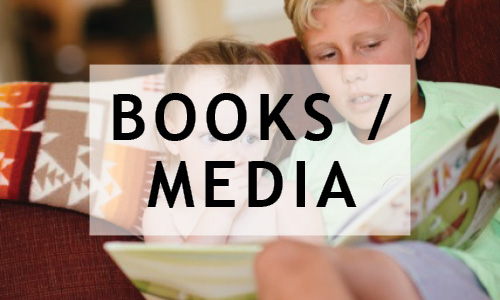 Saturday night, our Fairfield Public Library hosted “More Than Words,” a program featuring the framed art of children’s book illustrators and a chance to hear their inspiring stories of creativity. I had the pleasure of meeting Victoria Kann, the illustrator of Pinkalicious and its sequel Purplicious.
Saturday night, our Fairfield Public Library hosted “More Than Words,” a program featuring the framed art of children’s book illustrators and a chance to hear their inspiring stories of creativity. I had the pleasure of meeting Victoria Kann, the illustrator of Pinkalicious and its sequel Purplicious.
Dressed in vibrant pink, with a perky face that reminded me of her main character, Victoria shared her passion for her craft. Her advice to the crowd which included several pinkalicious little girl fans, was, “always look within, listen to your heart and go with it.” Her pink story was inspired by her two daughters, dressed appropriately in pink, her love of pink and cupcakes! She works her magic on the computer, manipulating clever collages in Photoshop.
She was surprised to find her art teacher in the crowd whom she had not seen for over 20 years. When Victoria graduated, her teacher handed her a note that said, “You’ll do fine!” A little encouragement and a lot of talent have brought her to a place of entertaining children and parents alike. Based on her pink book, she has co-authored a show by the same name that is currently playing in New York City at the Bleeker Street Theater.
Don’t pass up studying the illustrations in children’s picture books when selecting books to read to your child. The pictures that accompany the story are essential for what researchers call “dialogic reading.” Most adults read the story to their child, but researchers have found the value of involving the child in the storytelling. Dialogic reading is when the child and adult talk “about” the story, answering open-ended questions, relating the story to their life or other story books, talking about the illustrations, and posing questions such as “I wonder how she will feel after all those cupcakes?” or “What do you like to eat that is on the green page?” or “Where would you hide the cupcakes?” Illustrations provide a springboard for such conversations as you linger on a page, giving your child time to absorb the drawings or pictures and generate language.
Researchers have found that children whose parents used this dialogic reading approach with their children made faster gains in language development than their peers who had been read to traditionally.
Victoria, thanks for sharing your time, talent and inspiration and we look forward to your next book,



